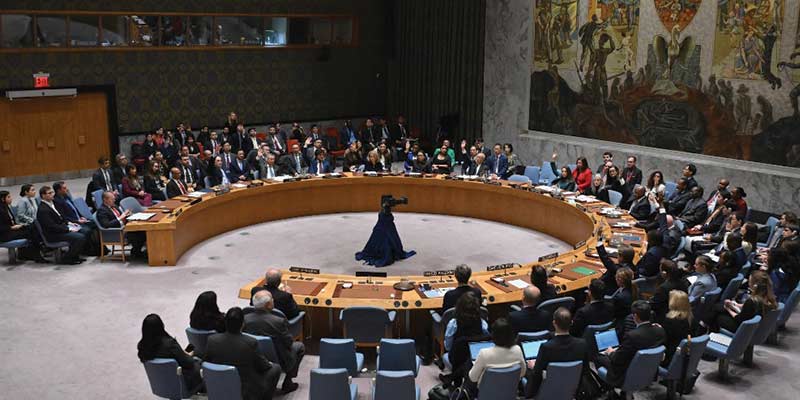- World
- Jul 31
UNSC lifts arms embargo on Central African Republic forces
• The UN Security Council lifted the arms embargo on the Central African Republic (CAR) government forces.
• It called on all nations to take all necessary measures to prevent the direct or indirect supply of all types of weapons and related materiel to armed groups operating there.
• The arms embargo was established in 2013 against the backdrop of a brutal intercommunal conflict.
• The mineral-rich but impoverished country has been in conflict since 2013, when predominantly Muslim rebels seized power and forced the President from office. Mostly Christian militias fought back. A 2019 peace deal lessened but didn’t end the fighting. Six of the 14 armed groups that signed the agreement later left it.
• Civilians bore the brunt of the conflict, with several thousands killed and many forced from their homes.
• Mercenaries from Russia’s Wagner group, along with Russian military instructors, have been working in the Central African Republic at the government’s request. A UN peacekeeping mission and Rwandan troops also are tasked with trying to stop the violence.
• The new resolution was keenly sought by the African nation, which saw the enduring reference to the 11-year-old embargo as an unwarranted blemish on its government and its attempts to make progress toward peace.
Key facts about Central African Republic:
• Bangui is the capital city of the Central African Republic.
• The French colony of Ubangi-Shari became the Central African Republic upon independence in 1960. After three tumultuous decades of misrule — mostly by military governments — civilian rule was established in 1993.
• Landlocked in the heart of Africa, the Central African Republic is a sparsely populated country with an area of 623,000 sqkm.
• It is one of the poorest and most fragile countries in the world despite its abundant natural resources.
• For over two decades now, the Central African Republic has been mired in crises.
• With a population of about six million, the Central African Republic ranks at the bottom of the human capital and development indices. Its institutions are weak, its citizens have limited access to basic services, infrastructure is woefully inadequate, gender-based violence (GBV) is widespread and the social fabric has been eroded.
• The Central African Republic is a fragile country. The drivers of fragility include a lack of social cohesion, the concentration of political power, social and regional disparities, the capture and mismanagement of natural resources by the elite and persistent insecurity fuelled by a regional system of conflicts.
Manorama Yearbook app is now available on Google Play Store and iOS App Store

